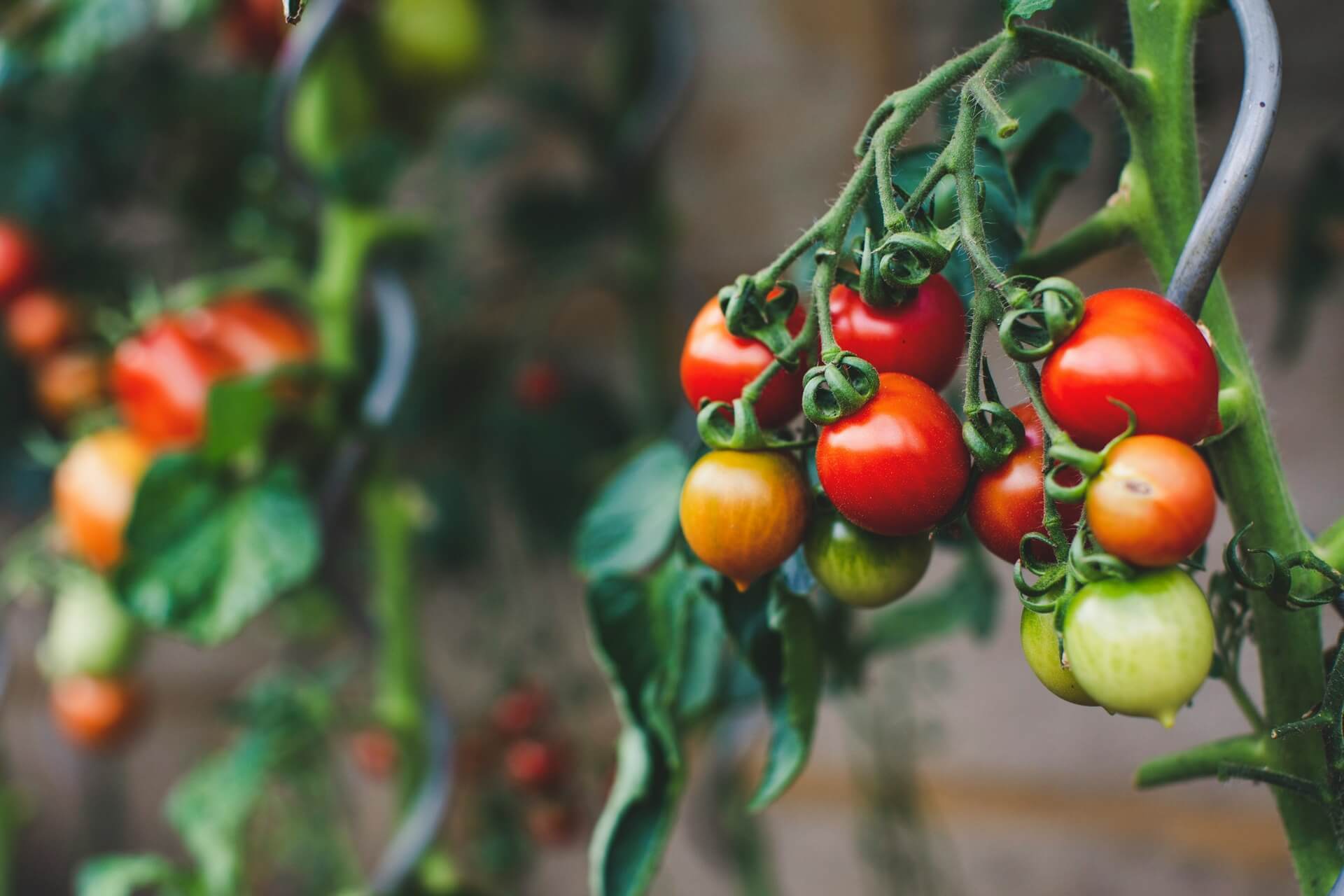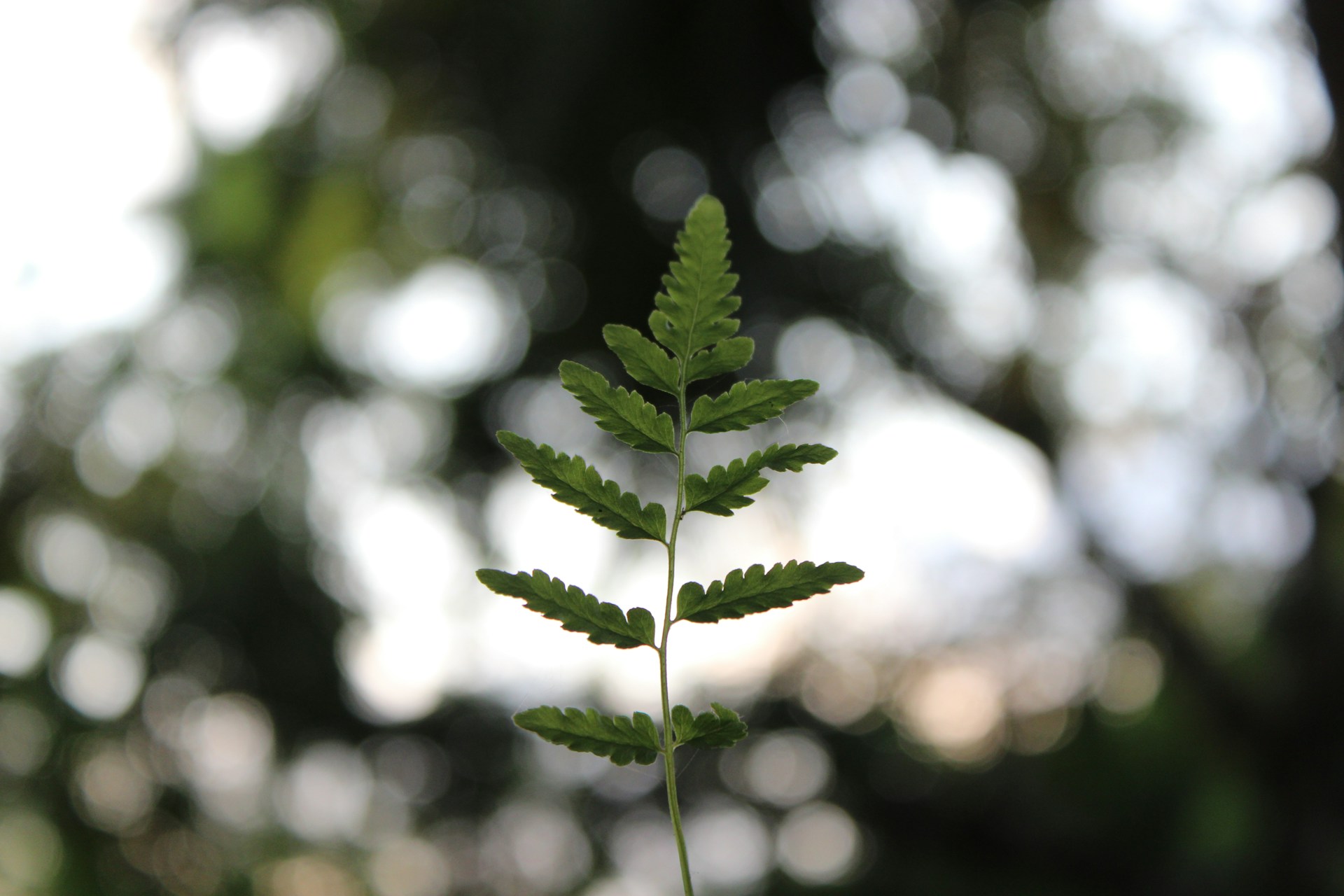
Can Science Solve the Real vs. Fake Christmas Tree Debate?
December 19, 2018 - Emily Newton
Revolutionized is reader-supported. When you buy through links on our site, we may earn an affiliate commission. Learn more here.
Thanksgiving is over, and it’s time to start thinking about putting up a Christmas tree and hanging some lights. Of course, that also means it’s time for the age-old debate — real vs. fake Christmas tree? Some people swear by their favorite real Christmas tree, while others will only put up an artificial Christmas tree in their home. Which type of holiday tree is better? Can science find the answer to this debate?
Environmental Benefits and Detriments
Many people believe artificial Christmas trees are better for the environment than real trees, but is that the truth?
In most cases, the real trees you pick up at your local nursery or department store don’t come from the wild. They’ve grown on tree farms specifically for use as Christmas trees. The farmers who grow these trees plant and harvest them roughly every eight years.
One downside is that these trees often get sprayed with pesticides and fertilizer that can be dangerous. If sprayed it adds more chemicals to landfills once the trees have fulfilled their purpose. While harvesting them doesn’t necessarily damage the environment, they can be detrimental once people dispose of them after the holiday season.
On the other side of things, you have artificial Christmas trees. Manufacturers make these trees with PVC plastic, steel or aluminum, depending on the company. Most of the resources come from Asia, increasing the carbon footprint of artificial trees.
On a one-on-one basis, artificial trees might seem like the wiser option — it takes the better part of a decade to grow a real Christmas tree, even on a tree farm. If you’re going to buy a new tree every year, though, getting a real Christmas tree is the better choice, or at least the one with a smaller environmental impact.
On average, you need to use an artificial Christmas tree for nine years to reduce its carbon footprint to a point where it equals that of a real tree.
There is also a risk of fire with both types of trees. Real trees, especially when people don’t keep them watered through the holiday season, dry out and become dangerously flammable, especially around candles or Christmas lights that remain on and have a chance to get hot.
Artificial trees can also create a fire risk, but they aren’t as hazardous as real trees. You can mitigate these dangers by keeping ignition sources away from your Christmas tree, regardless of tree type.
Health Concerns
Another issue to consider in the real vs. fake Christmas tree debate is that each presents unique health concerns.
First is the problem of allergens. As many as one out of every 10 people has an allergy to evergreen trees. Bringing a real Christmas tree into the home could significantly affect allergy sufferers’ quality of life. Many trees start producing pollen late in the fall — just in time to get cut down and brought into your home.
Artificial trees have their share of allergen problems as well. These plastic trees can collect dust, mold and other allergens. You can prevent these by wiping down your tree with a dust cloth after you pull it out of storage. An artificial tree is also made of PVC and other additives, which can be dangerous if consumed. Depending on where the tree was manufactured, it can also shed lead dust, which can coat all the excellent gifts you have sitting under the tree.
Both artificial and real trees present a disposal problem — in many municipalities, these trees will end up in a landfill, where it can take them months or years to biodegrade. While they decompose, the chemicals they contain can leach into the environment.
Some cities are taking an extra step during the weeks after the holiday season by collecting real Christmas trees and mulching them into compost. That isn’t an option for artificial trees, though you may be able to recycle your fake tree at the end of its lifecycle. Check with your local recycling agency to see what your options are.
‘Tis the Season
When it comes down to it, which is the better option — real vs. fake Christmas trees? That comes down to you and your needs. If you don’t have anyone who is allergic to evergreens in your home, and you don’t mind vacuuming up fallen needles and disposing of the tree at the end of the holiday season, pick up a real tree. If you are concerned about allergens or are one of those people who likes to bag up their tree, ornaments and all, at the end of the holidays, so it’s ready to set up next year, an artificial tree is the better choice for you.
What tree do you prefer? Real or fake? Let us know in the comments below!
Revolutionized is reader-supported. When you buy through links on our site, we may earn an affiliate commission. Learn more here.
Author
Emily Newton
Emily Newton is a technology and industrial journalist and the Editor in Chief of Revolutionized. She manages the sites publishing schedule, SEO optimization and content strategy. Emily enjoys writing and researching articles about how technology is changing every industry. When she isn't working, Emily enjoys playing video games or curling up with a good book.







